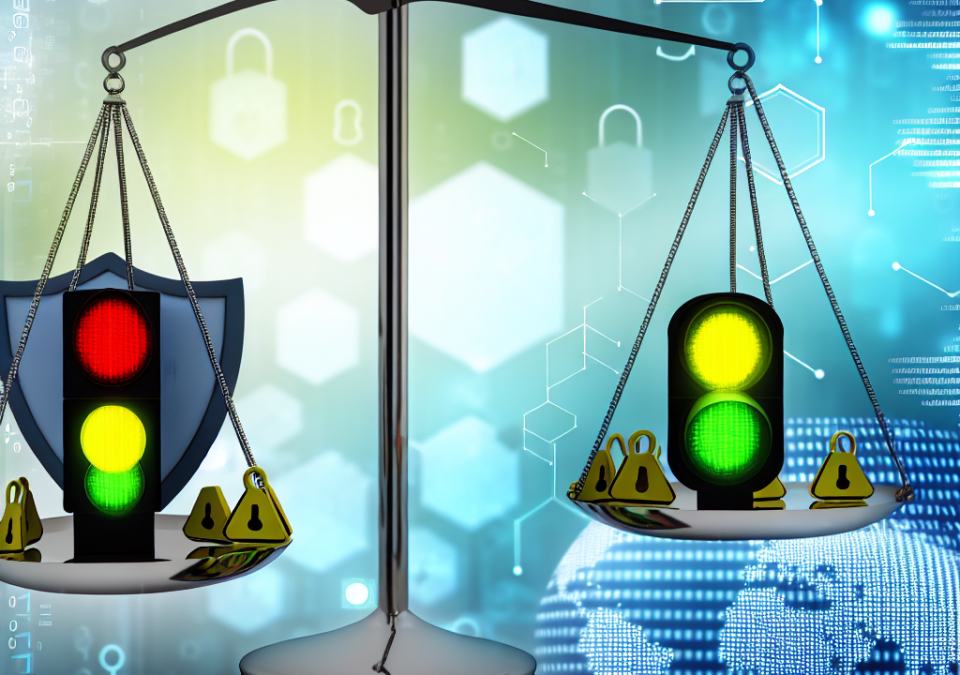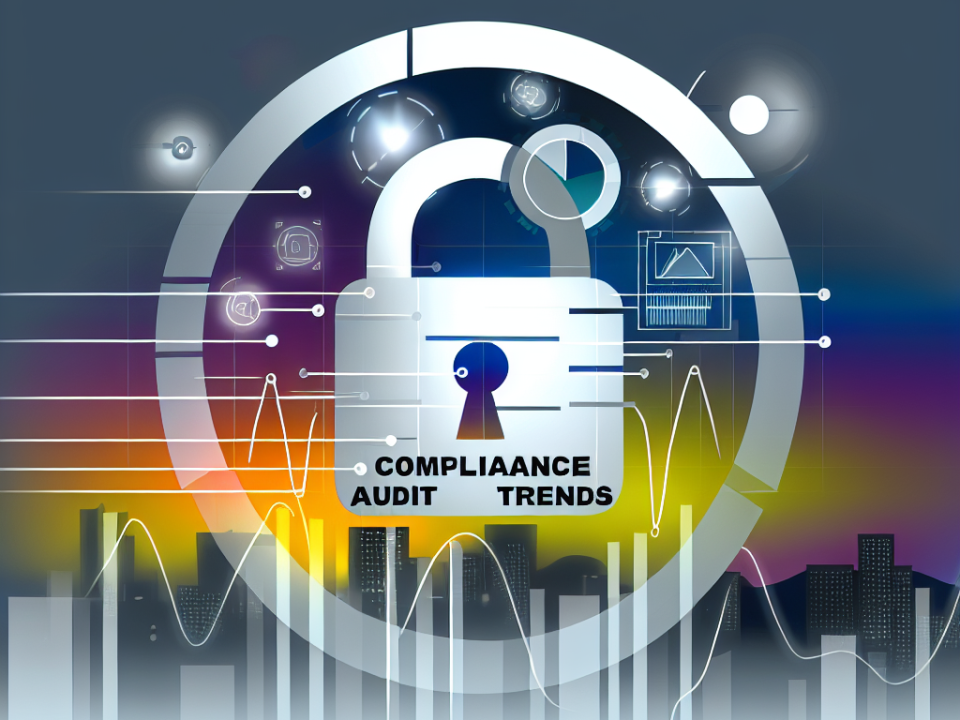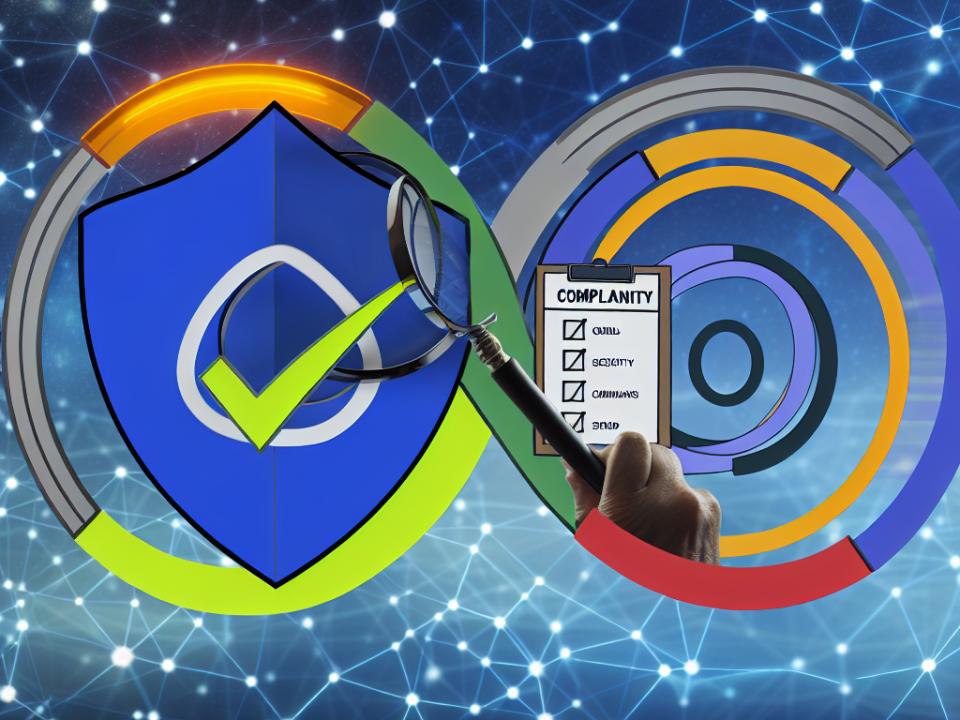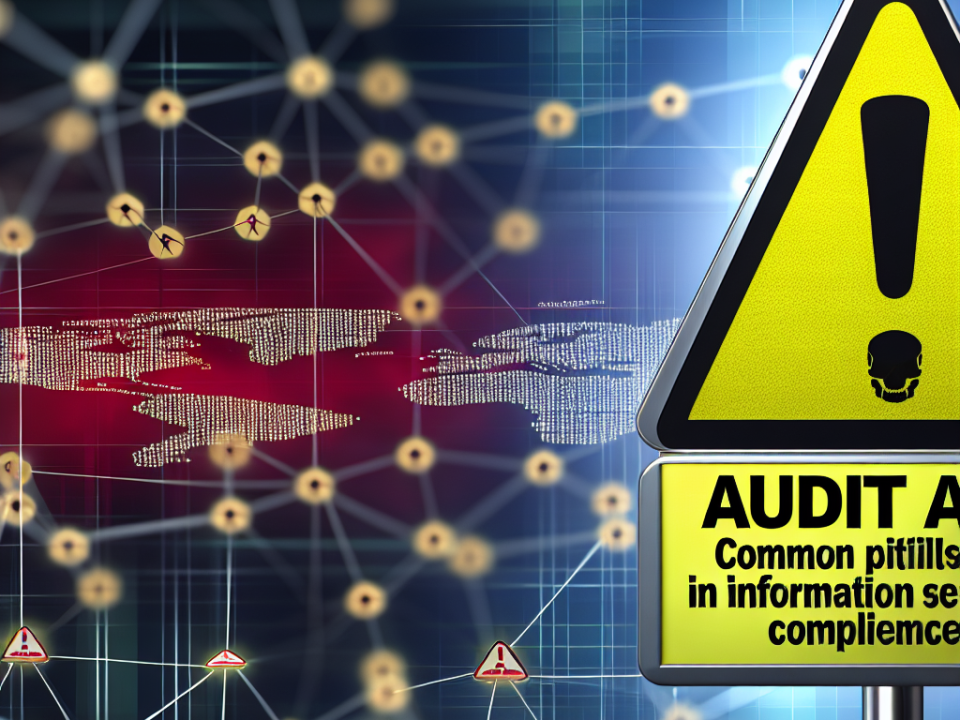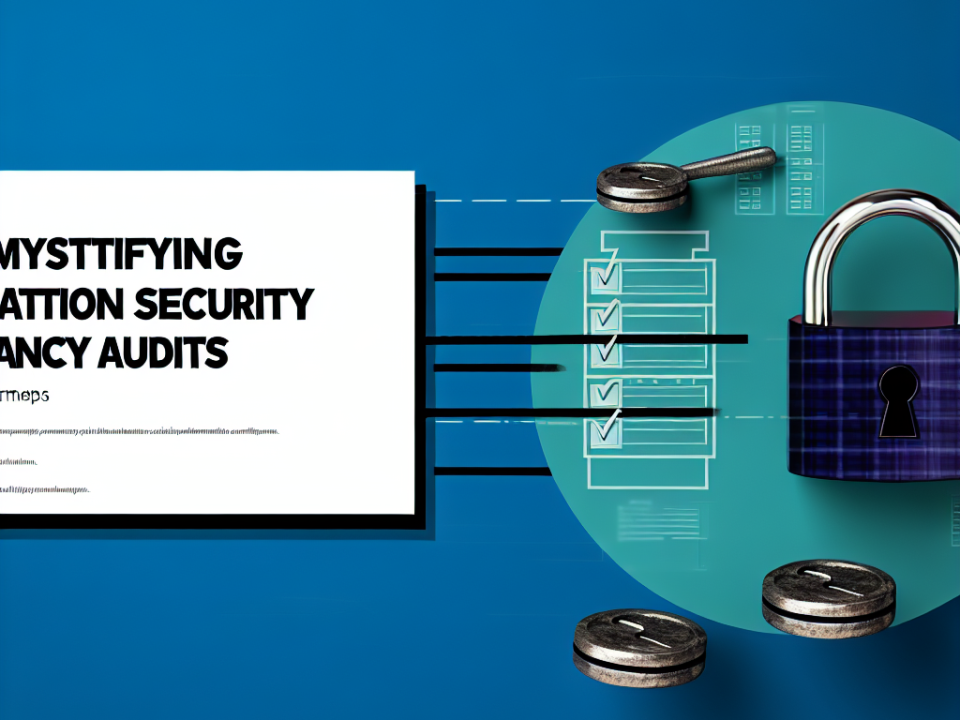
vCISO vs. Traditional CISO: Which is Right for Your Organization?
August 6, 2025
Boosting Your Security Posture: The Strategic Advantage of a vCISO
August 7, 2025
In an increasingly digital world, the importance of robust cybersecurity measures cannot be overstated. The rise of cyber threats has prompted governments and organizations to implement various regulations aimed at safeguarding sensitive information. Understanding the interplay between cybersecurity regulations and risk management is crucial for organizations aiming to protect their assets, ensure compliance, and ultimately maintain trust with stakeholders.
The Necessity of Cybersecurity Regulations
Cybersecurity regulations are enacted to create a standardized approach to securing systems, data, and networks. These regulations can stem from various sources, including governmental bodies, industry standards, and international agreements. Notable examples include:
-
General Data Protection Regulation (GDPR): Enforced in the European Union, GDPR mandates strict guidelines on data handling, requiring organizations to protect personal information and report breaches promptly.
-
Health Insurance Portability and Accountability Act (HIPAA): In the healthcare sector, HIPAA stipulates how personal health information (PHI) should be protected, emphasizing confidentiality and integrity.
- Federal Information Security Management Act (FISMA): This U.S. law requires federal agencies to secure their information systems and comply with the standards set by the National Institute of Standards and Technology (NIST).
These regulations are not merely compliance checklists but frameworks that guide organizations in implementing effective cybersecurity practices.
Risk Management: A Critical Component
Risk management in cybersecurity revolves around identifying, assessing, and mitigating risks associated with potential cyber threats. Key components of a robust risk management strategy include:
-
Risk Assessment: Identifying vulnerabilities and threats to understand the potential impact on the organization.
-
Risk Mitigation: Implementing measures to reduce the likelihood or impact of identified risks, which may include firewalls, encryption, and employee training.
- Monitoring and Review: Continuously assessing the effectiveness of risk management strategies and making necessary adjustments in a dynamic threat landscape.
Effective risk management not only protects an organization’s assets but also helps ensure compliance with relevant cybersecurity regulations.
The Interrelationship Between Cybersecurity Regulations and Risk Management
1. Regulatory Compliance as a Risk Management Strategy
Cybersecurity regulations often encompass risk management principles. By adhering to these regulations, organizations are effectively adopting a risk management approach that addresses specific vulnerabilities. For instance, compliance with GDPR’s data protection mandates inherently involves assessing risks related to data handling and implementing appropriate safeguards.
2. Enhancing Organizational Security Posture
Regulations require organizations to adopt best practices that can significantly enhance their security posture. This includes regular audits, employee training, and incident response planning. These practices, rooted in risk management, not only fulfill regulatory obligations but also reduce the probability of a cyber incident occurring.
3. Reporting and Accountability
Regulations often require organizations to report data breaches and lapses in security. This creates a feedback loop for organizations to understand their risk landscape better. By analyzing these incidents, organizations can adjust their risk management strategies to address identified weaknesses, thereby creating a more resilient cybersecurity framework.
4. The Role of Governance
Governance frameworks often accompany cybersecurity regulations, providing a structured approach for organizations to align their practices with regulatory requirements. Effective governance includes establishing roles and responsibilities for risk management, ensuring accountability, and fostering a culture of security awareness that permeates the organization.
5. Evolution of Regulations and Risk Management Strategies
As cyber threats evolve, so too do regulations and corresponding risk management strategies. Organizations must remain agile, continuously updating their practices in response to the changing landscape of cyber threats and regulatory requirements. This necessitates a proactive stance on risk assessment and the implementation of cutting-edge security technologies.
Conclusion
The relationship between cybersecurity regulations and risk management is intricate and vital for organizations looking to safeguard their digital assets. Regulations guide and shape effective risk management strategies, while robust risk management practices ensure compliance with these regulations. By recognizing this connection, organizations can create a resilient cybersecurity framework that not only protects sensitive information but also fosters trust and credibility in an increasingly interconnected world. Embracing both regulatory compliance and risk management as essential components of a comprehensive cybersecurity strategy is now more critical than ever.

